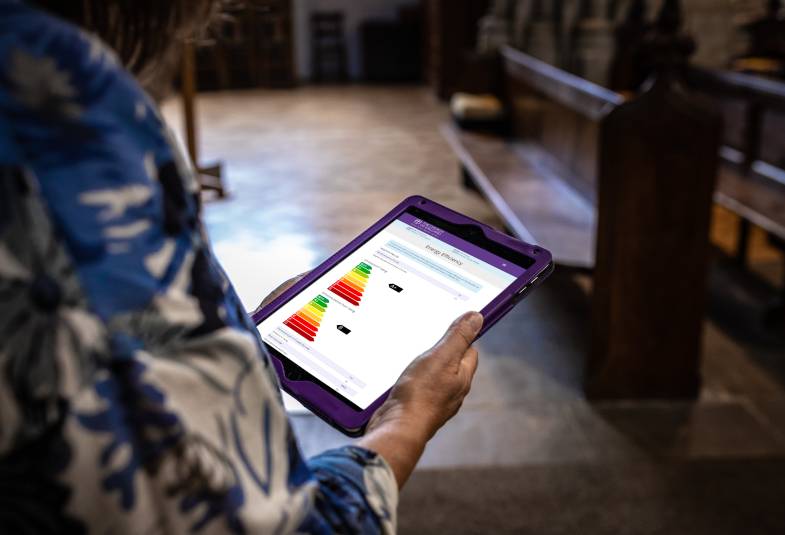22/11/2021

The number of churches edged upwards from four per cent to seven per cent between 2019 and 2020.
General Synod has committed the Church to achieving net zero carbon emissions by 2030. The scope of this aim was detailed in 2020, and the EFT enables measuring the emissions of all buildings in scope.
Last year’s figures, published on Monday 22nd, are based on the 3,600 churches who submitted data. Of these churches, 250 (or 7 per cent) had net zero carbon (or lower) emissions.
Dr John Thompson, Bishop of Selby and chair of the Net Zero Carbon Sub-committee group, said: “It is promising to see this increase in net zero carbon churches.
“The rise in numbers of net zero churches reflects that more and more parishes are utilising pre-approved renewable suppliers and addressing the big and small measures which can be taken to reduce carbon impacts.
“This is positive early step in our ambitious journey to a wholly net zero carbon Church by 2030.
“However, we would like to encourage more churches to use the tool so we can build up a fuller picture of the challenges facing the church as we continue our journey to net zero.”
Among the churches with net zero carbon, just under 80 per cent were using wholly renewable electricity tariffs.
The success in churches was also reflected by encouraging results from “other buildings” which include church halls.
From the 500 buildings surveyed 20 (or four per cent) were considered as net zero carbon, or less.
Like other data from 2020, the EFT’s findings were impacted by the global pandemic.
More information
- Further information on the Energy Footprint Tool, including how to use it in your church, is available on the Church of England’s website.
- The Church is currently consulting with key stakeholders about the planned routemap to achieving net zero carbon by 2030. All are welcome to read the draft and provide feedback.